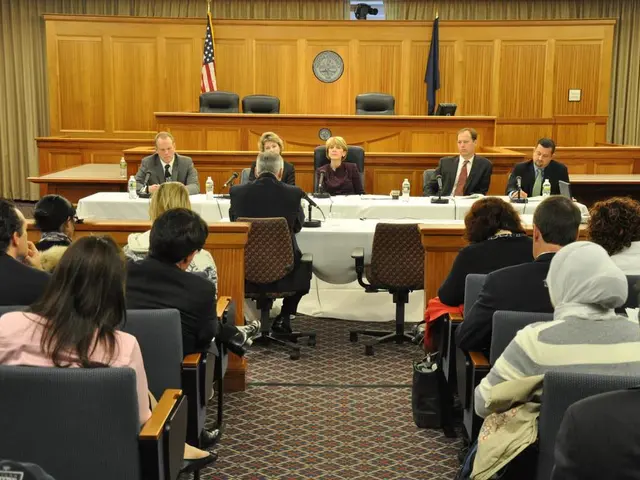Sonata Analyzes: Mixed Themes in Piano Compositions
## Unveiling Hybrid Themes in Classical Music: A Closer Look at William Caplin's Formal Theory
In the realm of musical analysis, **hybrid themes** emerge as intriguing entities that merge elements from various thematic categories or formal functions. These themes, central to understanding the complexity and innovation in classical music, often defy traditional categorisation into forms such as sonata form or rondo form by blending characteristics from multiple forms.
According to William Caplin's formal theory, **hybrid themes** can be categorised into four main types: antecedent + continuation, antecedent + cadential, compound basic idea + continuation, and compound basic idea + consequent.
### Antecedent + Continuation Hybrid
In this type, the theme begins with an antecedent phrase followed by a continuation phrase. The continuation, unlike in traditional themes, does not exhibit harmonic acceleration but tends to show strong signs of motivic fragmentation. Notably, the Antecedent + Continuation hybrid type always closes with a PAC, complementing the waker cadence of its antecedent.
### Antecedent + Cadential Hybrid
This hybrid type features an antecedent phrase that is followed by an ECP, or "continuation=>cadential." The second phrase in this hybrid is a cadential phrase, which can modulate to another key. Interestingly, the Antecedent + Cadential hybrid very rarely modulates.
### Compound Basic Idea + Continuation
In this type, the opening phrase is a compound basic idea, which evokes an antecedent melodically and motivically, while harmonically it is similar to a sentence. The continuation can exhibit characteristics of harmonic acceleration and can end with any cadential type, including the HC.
### Compound Basic Idea + Consequent
The first phrase in this hybrid is a compound basic idea, and the second phrase is a consequent. The return of the basic idea in the consequent is supported by a different harmony. This continuation can exhibit characteristics of harmonic acceleration.
### Examples from Classical Music
- The first 8 bars of Beethoven's Violin Sonata in D (Op. 12) demonstrate a hybrid theme with an antecedent phrase and a cadential phrase (Antecedent + Cadential hybrid). - The second movement of Mozart's Piano Sonata in C major (K. 330) is an example of a hybrid theme with antecedent + continuation structure. - The fourth movement of Beethoven's String Quartet in G, Op. 18, No. 2, has a compound basic idea as its first phrase (Compound Basic Idea + Continuation).
The usefulness of studying theme types lies in helping to understand the works of the common practice period. For a detailed analysis specifically according to William Caplin's theory, it would be best to consult his book *Classical Form: A Theory of Formal Functions for the Instrumental Music of Haydn, Mozart, and Beethoven* or other scholarly works that directly address his formal theory.
- The study of music theory, particularly hybrid themes, provides insights into the complexities and innovations found in the works of composers like Beethoven and Mozart.
- A composer's lifestyle, education, and self-development significantly impact their ability to create intricate hybrid themes, contributing to entertainment and the progression of music as an art form.
- Understanding hybrid theme types, such as Antecedent + Cadential and Compound Basic Idea + Continuation, is essential in grasping the formal structures of classical music and enhancing one's appreciation for this genre as a form of entertainment and education-and-self-development.








